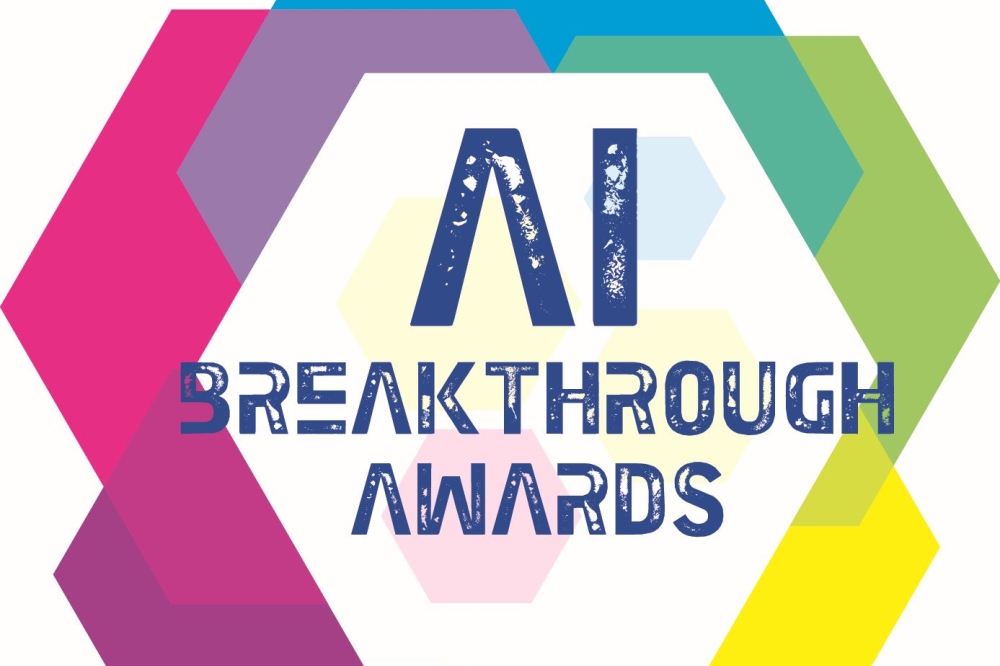POET wins “Best Optical AI Solution” in AI Breakthrough Awards

The awards programme, which seeks to recognise innovation by companies in the global AI market, said that POET’s technology offers a scalable solution for high-speed, low-latency networks
POET Technologies has announced that it has been selected as winner of the “Best Optical AI Solution” award in the seventh annual AI Breakthrough Awards programme conducted by AI Breakthrough, a market intelligence organisation that recognises work being done by companies in the global Artificial Intelligence (AI) market today.
POET’s microchip solution, the POET Optical Interposer, enables optical communication using a silicon-based hybrid-integration platform. The company says its optical interposer combines electrical and optical layers in a single chip for highly integrated transceivers and enables the replacement of copper with light-based optical data communication between chips in high-speed computing.
“With POET’s technology, AI hardware developers can deploy next-generation networks that outperform existing solutions, reduce costs, and improve power efficiency,” said Steve Johansson, managing director of AI Breakthrough. “This is a period of high demand for 800G transceivers, and while an optical engine is not a complete transceiver, it includes all but one of a transceiver’s major components, and it can represent well over 50 percent of the cost. POET is powering the age of photonics with innovative products that seamlessly integrate into existing networking infrastructure and give developers the ability to build high-speed and low-latency networks using an optical solution that is highly scalable and at the desired cost structure.”
The optical interposer platform is the foundation on which POET designs its line of products, including POET Wavelight, a pluggable transceiver that the company says can be used for up to 2 km of reach over single-mode fibre, and POET Starlight, a source for multiple wavelengths of light, powering external silicon photonics modulators and managing the data flow among chips. POET adds it is also developing 800G and 1.6T optical transceiver modules in collaboration with key customers and partners like Luxshare, Foxconn Interconnect Technology and MultiLane Inc., and recently initiated a 3.2T optical engine programme with a major laser supplier.
“Our vision is to enable the semiconductorisation of photonics,” said Suresh Venkatesan, POET’s chairman and CEO. “The low-cost integration scheme and scalability of our POET Optical Interposer brings value to any device or system that integrates electronics and photonics. Winning ‘Best Optical AI Solution’ from AI Breakthrough validates our exclusive focus on advanced optical engine, module and external light source solutions for AI applications.”
Johansson says the mission of the AI Breakthrough Awards is to honour excellence and recognise the innovation, hard work, and success in a range of AI and machine-learning related categories. This year’s programme attracted more than 5,000 nominations from over 20 countries.



































